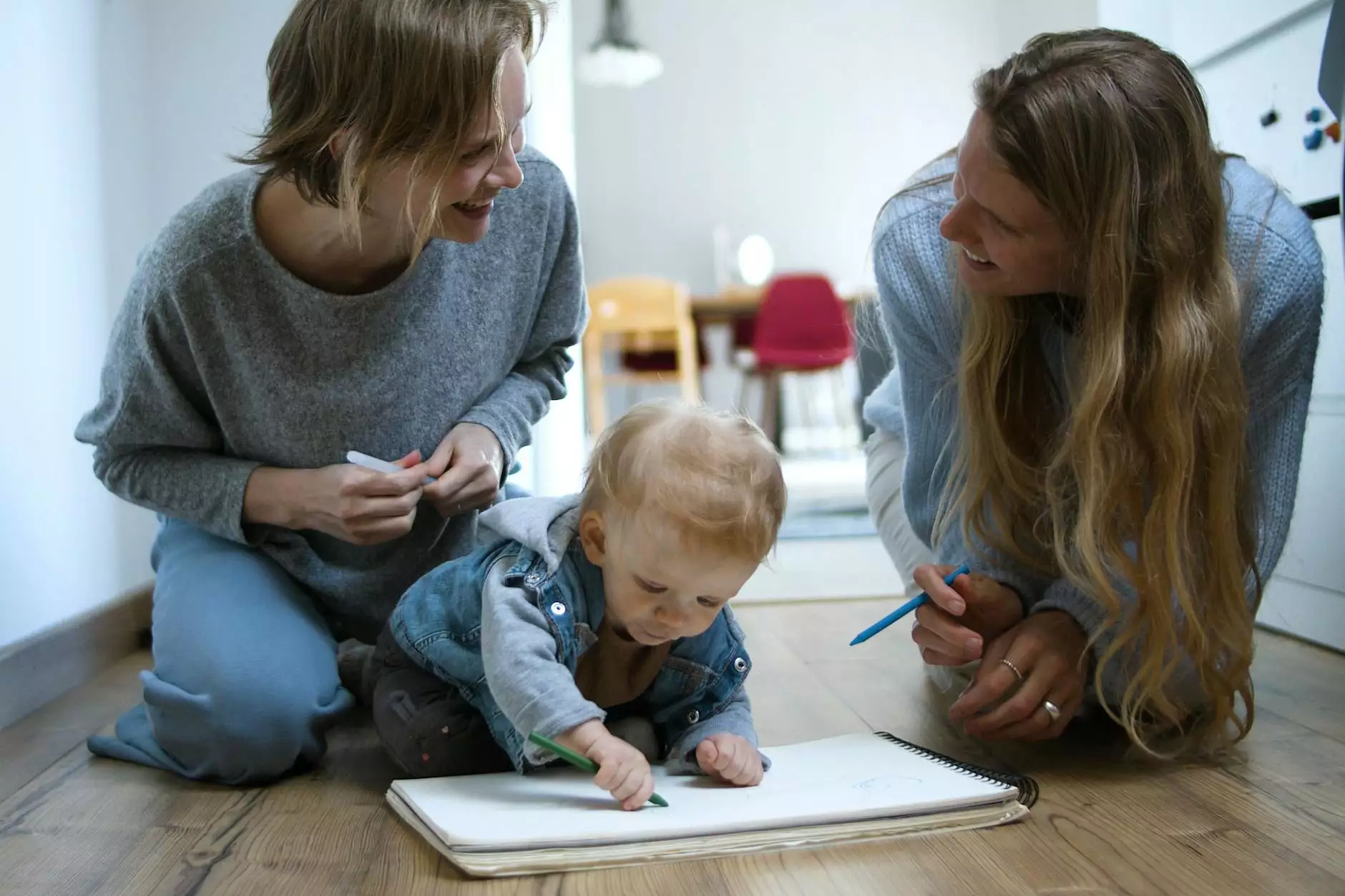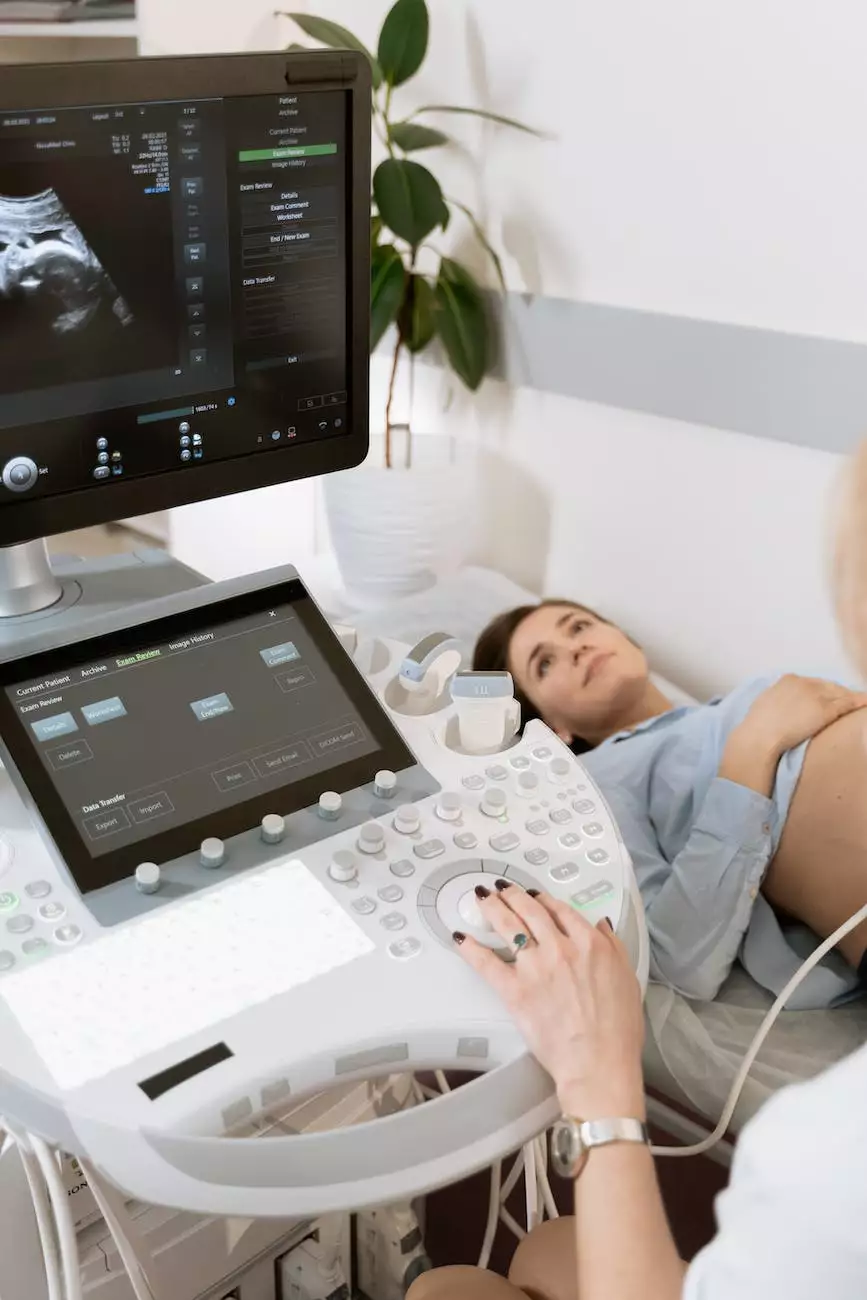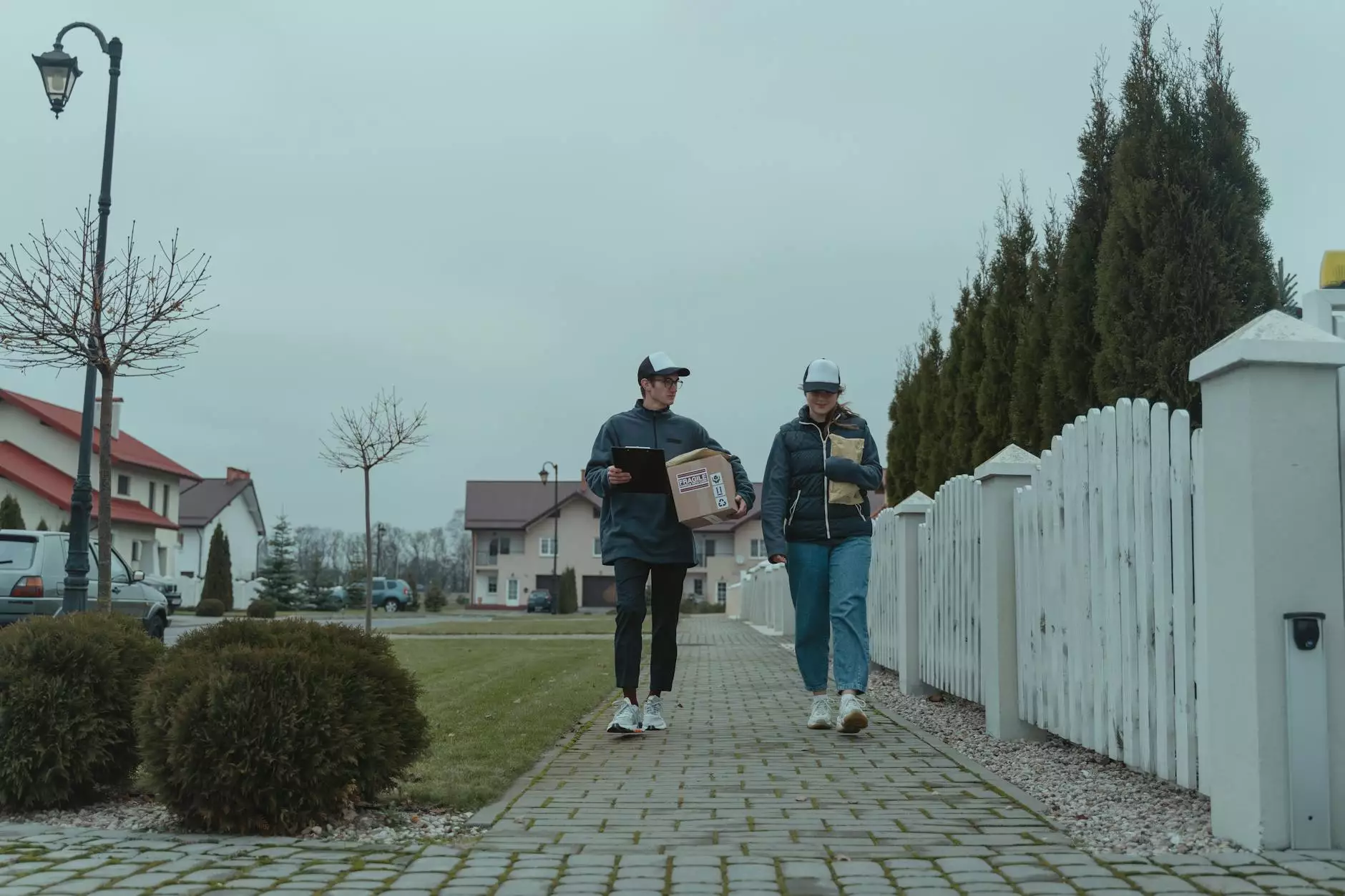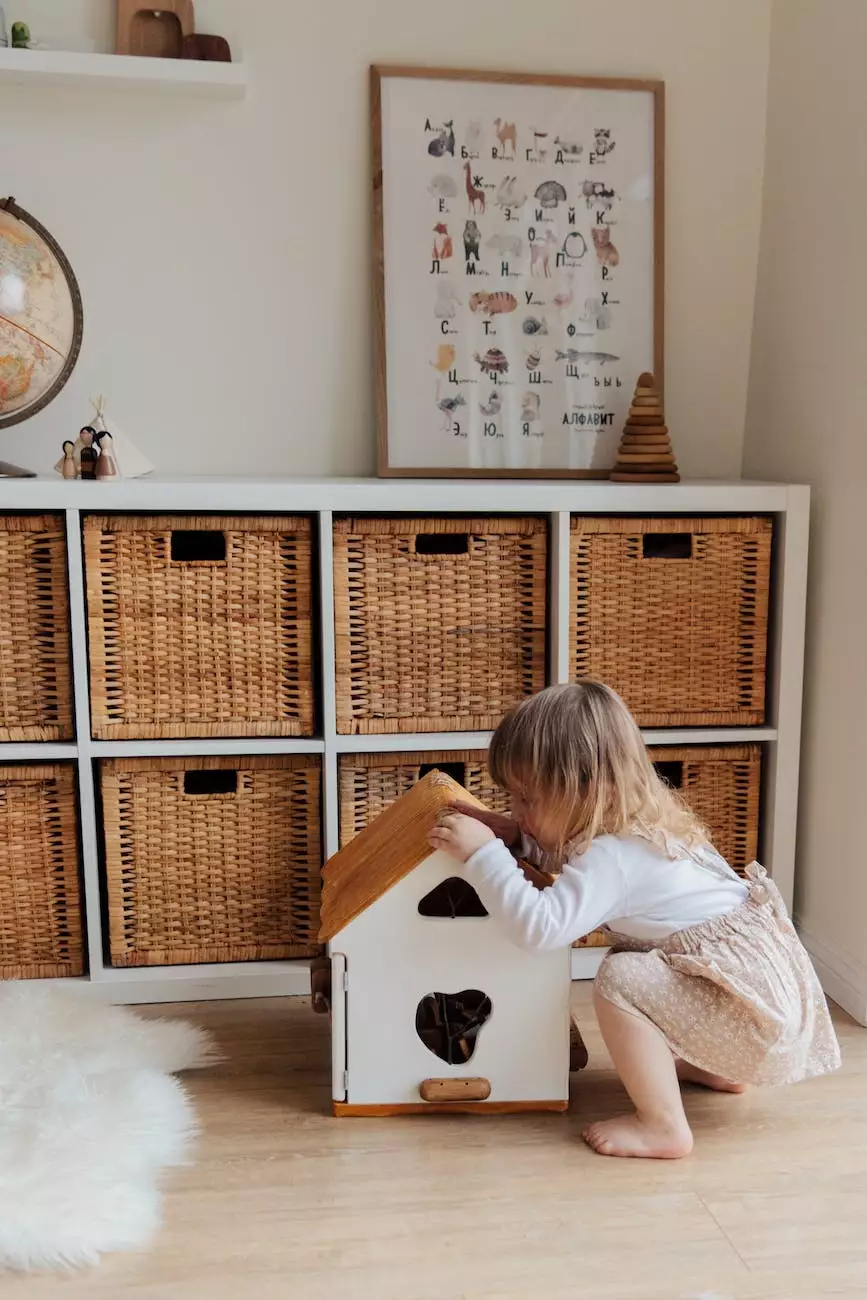What Should I Do With My Placenta?

Introduction
Welcome to Home Postpartum Services, where we aim to provide you with valuable information and guidance on various aspects of the postpartum period. In this article, we will explore the topic of placenta utilization and help you understand your options for handling your placenta after childbirth.
The Importance of the Placenta
The placenta, often referred to as the "afterbirth," plays a crucial role during pregnancy. It is a temporary organ that develops in the uterus and serves as a lifeline between the mother and the baby. The placenta provides oxygen, nutrients, and filters waste products, contributing to the healthy growth and development of the fetus.
Traditional Beliefs and Rituals
Throughout history, various cultures have ascribed spiritual and medicinal significance to the placenta. Some traditions view it as a sacred organ that symbolizes the bond between mother and child. Many rituals involve burying or planting the placenta to honor its role in nurturing life.
Modern Options for Placenta Handling
In recent years, there has been a growing interest in the potential benefits of utilizing the placenta after birth. Here are some popular options:
1. Placenta Encapsulation
Placenta encapsulation involves the process of dehydrating and grinding the placenta, which is then encapsulated into supplement form. Proponents believe that consuming these capsules may help with postpartum recovery, hormone regulation, and energy levels.
2. Placenta Prints and Art
Some individuals choose to create art pieces using the placenta. Placenta prints involve pressing the placenta onto paper or canvas, resulting in unique artwork that can serve as a visual memento of the birth experience.
3. Placenta Tinctures and Extracts
A placenta tincture is a solution created by steeping a small piece of the placenta in high-proof alcohol. This tincture can be used in small doses long after the postpartum period to potentially aid in hormonal balance and support emotional well-being.
4. Placenta Donation
Many hospitals and organizations accept placenta donations for medical research or the creation of lifesaving treatments. Donating your placenta can contribute to advancements in medicine and potentially help other families in need.
5. Home Burial or Planting
If you prefer a more natural approach, you might consider burying or planting your placenta in a meaningful location. This act can symbolize the cycle of life and provide a sense of connection to nature.
Consulting with Professionals
It is crucial to consult with professionals who specialize in placenta handling and encapsulation to ensure safety and proper preparation. They can guide you through the process, answer any questions you may have, and provide personalized recommendations based on your preferences and needs.
We're Here to Help
Home Postpartum Services is dedicated to supporting you throughout your postpartum journey. Our experienced team understands the significance of making informed decisions regarding your placenta. Reach out to us for expert advice, resources, and assistance in finding reputable professionals in the field.
Conclusion
Deciding what to do with your placenta after childbirth is a personal choice. Whether you opt for encapsulation, art, donation, or burial, it is essential to consider your beliefs, cultural values, and desired outcomes. Remember, the decision is yours, and it's important to feel comfortable and empowered in whatever choice you make.
Trust Home Postpartum Services to provide you with comprehensive information, resources, and support throughout this transformative period. We're here to help you make the best decisions for yourself, your baby, and your family.










